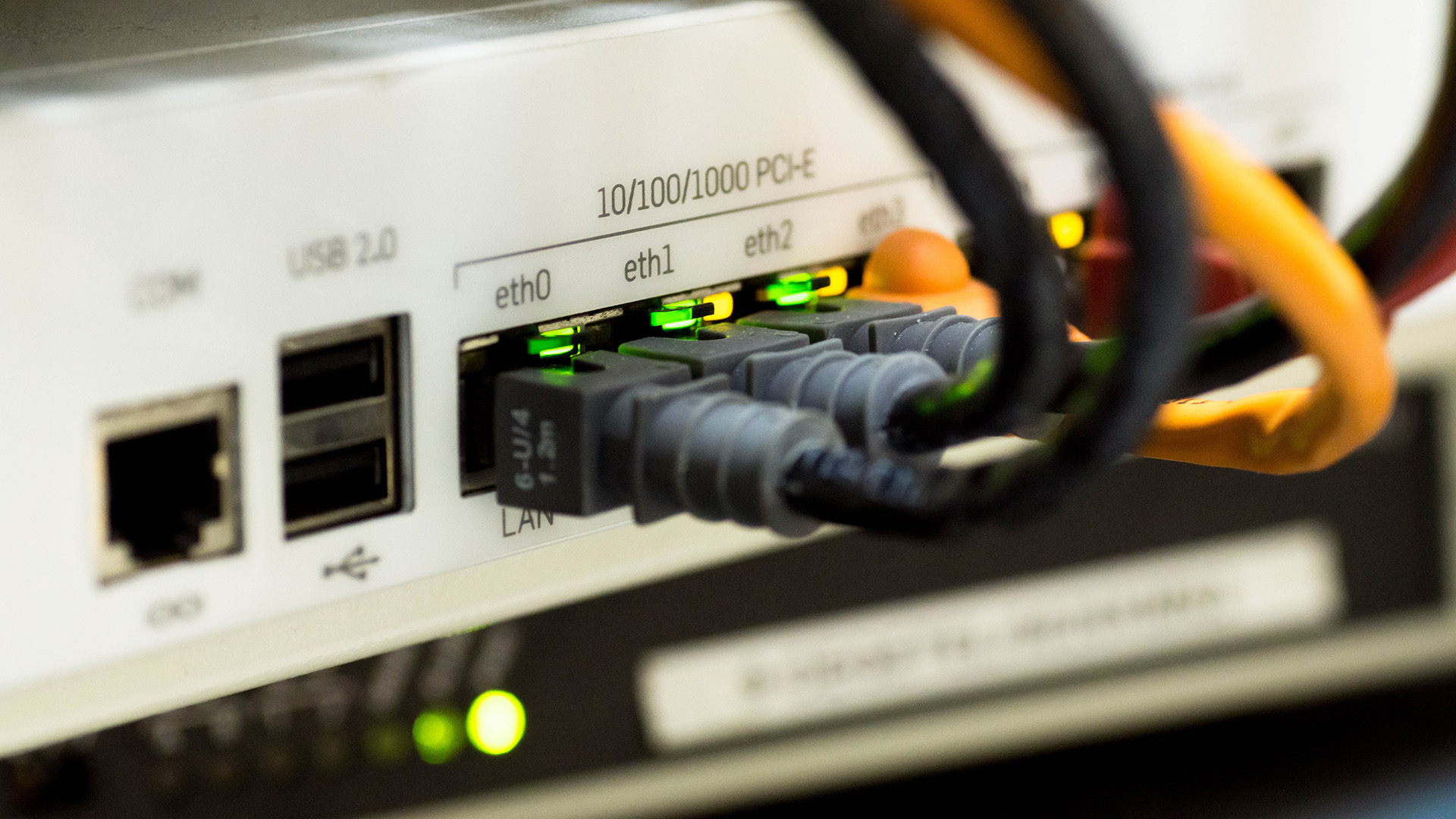A network switch is a networking device that connects multiple devices within a computer network. It operates at the data link layer (Layer 2) or the network layer (Layer 3) of the OSI model. A switch receives incoming data packets, examines the destination address within each packet, and forwards them to the appropriate destination device on the network.
Essential Components Of Network Switch
When considering network switches, several factors are important to consider. Here are some key factors to keep in mind:
- Port Count:
Determine the number of devices you need to connect to the switch and choose a switch with an adequate number of ports. Consider future expansion needs as well.
- Speed and Bandwidth:
Network switches offer different speed options, such as Fast Ethernet (10/100 Mbps), Gigabit Ethernet (10/100/1000 Mbps), and 10 Gigabit Ethernet (10 Gbps). Choose a switch with sufficient bandwidth to support your network’s requirements.
- Managed or Unmanaged:
Decide whether you need a managed or unmanaged switch. Unmanaged switches are plug-and-play, requiring no configuration and offering basic functionality. Managed switches provide advanced features, such as VLAN support, QoS, and traffic monitoring, but require configuration and management.
Key Features of Network Switch
Here are some key features and functions of network switches:
- Packet Forwarding:
Switches analyze the destination MAC (Media Access Control) addresses of incoming packets and forward them only to the appropriate ports that lead to the destination devices. This process is known as packet switching.
- Port Management:
Switches have multiple ports, which are connection points for devices. Administrators can configure and manage these ports individually, enabling features like port speed control, VLAN (Virtual Local Area Network) assignment, and port security settings.
- MAC Address Learning:
Switches build a table, known as the MAC address table or CAM (Content Addressable Memory) table, to associate MAC addresses with their corresponding switch ports. This enables the switch to efficiently forward packets without flooding the network.
- VLAN Support:
Virtual LANs allow the segmentation of a physical network into multiple logical networks, which enhances security and reduces network congestion. Switches can support VLANs by assigning specific ports to different VLANs, isolating network traffic between them.
- Quality of Service (QoS):
Switches can prioritize certain types of network traffic by implementing QoS mechanisms. This ensures that critical traffic, such as voice or video data, receives higher priority and is delivered with minimal delay or loss.
- Spanning Tree Protocol (STP):
STP is a network protocol used by switches to prevent loops in redundant network topologies. It ensures that only one path is active at a time, while others act as backup paths, preventing network disruptions.
- Layer 3 Switching:
Some advanced switches also provide routing capabilities, allowing them to perform routing functions typically found in routers. Layer 3 switches can make routing decisions based on IP addresses, enabling them to route traffic between different subnets or VLANs.
Conclusion
Switches are commonly used in local area networks (LANs) to connect computers, printers, servers, and other networked devices. They form the backbone of most wired Ethernet networks, providing high-speed and reliable data transmission within the network.

